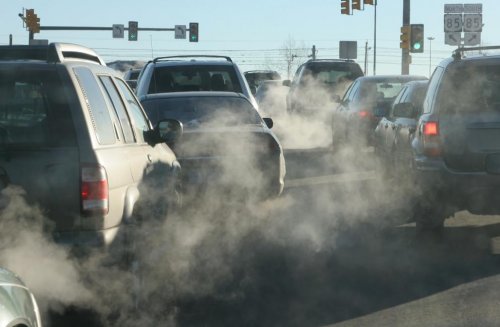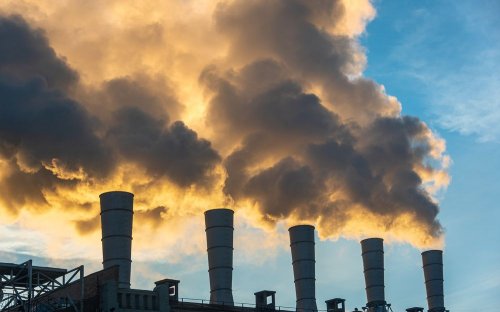In Kyiv, after the mass evacuation of people in cars, environmentalists observed "extremely clean air", because, according to calculations, transport provides about 70-85% of all emissions into the city's air.
This was told by Alexander Vozny, head of the Department of Ecology and Natural Resources of the Kyiv City State Administration, reports Khmarochos.
He explained that the hypothesis about the amount of emissions from cars was not confirmed experimentally.
"Unfortunately, this experiment took place under martial law. And we really saw that in a situation where many cars left the city, the air became much cleaner - in fact, 80% that were in the calculations were confirmed in practice. At the same time stationary sources of pollution, such as the Energia plant, CHPP-5, CHPP-6 have been operating normally all this time", he notes.
Vozny also added that the air condition worsened during the days when intense fires continued in the Kyiv region.
The air quality monitoring system continued to operate all the time. However, the day after the outbreak of hostilities, user access was restricted.
In Kyiv, air monitoring is provided by five main stations that measure dust in three fractions (PM1.0, PM2.5 and PM10), nitrogen dioxide, sulfur dioxide, carbon monoxide, ammonia, ground-level ozone, hydrogen sulfide and formaldehyde, as well as meteorological indicators. Also, at the end of 2021, more than 40 indicative points were placed in all districts. In addition to concentrations of dust, sulfur dioxide, nitrogen oxide, etc. they record temperature, humidity levels, barometric pressure and noise levels.
Recall in Kyiv monitor air quality through the app.
As EcoPolitica reported earlier, according to WHO, 99% of the world's population breathes air that does not meet quality standards leading to 7 million deaths each year due to breathing and blood flow problems.





